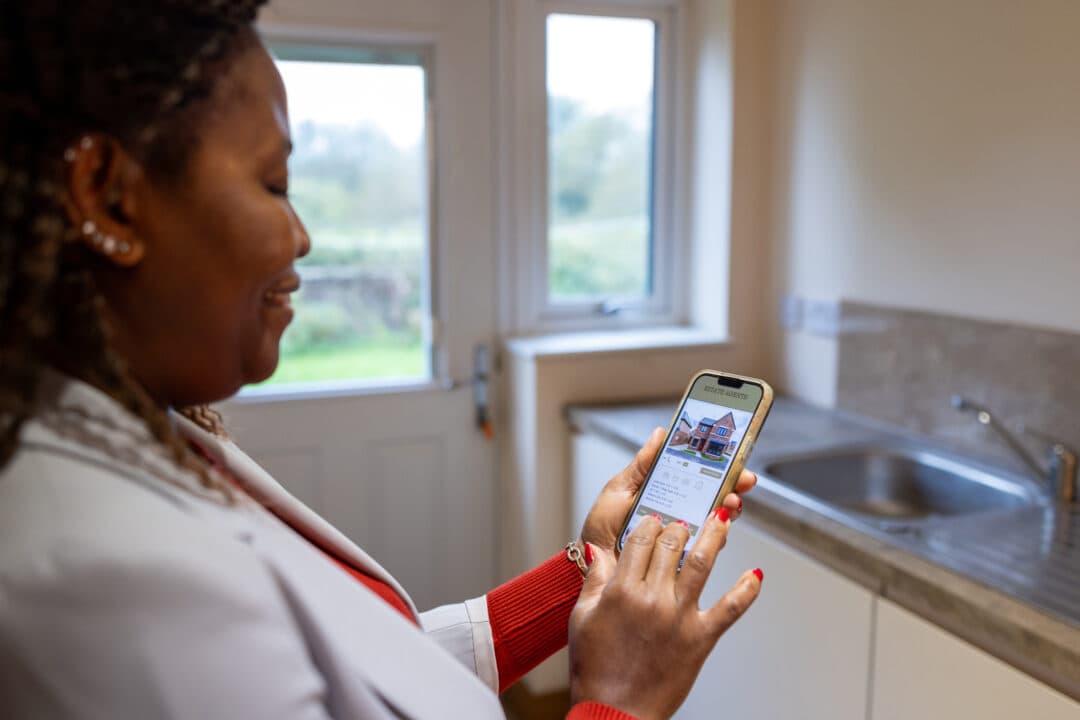A Decade of Buying & Renting: How Have the Markets Fared?

A Decade of Buying & Renting: How Have the Markets Fared?
When it comes to property, we love nothing better than analysis and figures. Show us a graph of how house prices have changed. Tell us how many percent rents have increased by.
Our thirst for statistics perhaps stems from our shifting view of property. Not only is it a roof over our heads, it’s an asset that can make us money and fund our retirements. Our obsession was fuelled further when headlines from the last decade revealed some property was passively earning the owner more money per annum than their job.
A decade of property ups and downs
The last 10 years have been truly fascinating from a property perspective, with Viewber operational and active for almost all of those. And we have seen equilibrium and instability in equal measure.
The decade was punctuated by major events including Brexit, the Covid pandemic, four General Elections and a change of leadership party. With an ever-evolving political and fiscal landscape whirring in the background, there was an inevitable impact on the property market.
The Bank of England’s base rate, inflation and mortgage rates were all affected. As a result, home movers experienced tantalising lows and punishing highs in terms of borrowing costs, house prices, buyer demand and rental values.
Who were the winners and losers? Have homeowners fared better? Or has it been more cost effective to rent? And where are we now at the halfway point in 2025?
House prices over the last 10 years
Would it surprise you to know that, despite a rollercoaster journey, the UK’s average house price started June 2025 at almost exactly the same value as June 2015?
The Office for National Statistics recorded an average UK house price of £277,000 in June 2015. And just this June, the organisation released its latest report, with the average UK house price resting at £265,000. Although the similarity suggests there has been little movement in values over the last decade, these figures pertain to what an average buyer would pay for an average house.
The true measure of how the property market has behaved can be seen when we take an owner-occupied property, identify how much it was bought for in 2015 and establish how much it might sell for in 2025.
Using Nationwide’s data, a house that was bought for £193,900 in 2015 would be worth in the region of £267,200 today. That’s a value increase of 37%
Of course, in that 10 year period there have been wild peaks. In July 2022 alone, mid-pandemic, the average UK house price increased by an astronomical 13.6%, according to data published by Statista. If you had bought a property in 2015 and sold it in the summer of 2022, you would have probably made a handsome profit.
Conversely, house prices decreased between July 2023 and March 2024, with the biggest drop of -2.7% coming in December 2023. It was a tumultuous period for many buyers and sellers as the fall-out from Liz Truss’s disastrous mini Budget was felt far and wide.
The Bank of England’s base rate remained at its highest level during the decade – staying at 5.2% between August 2023 and July 2024 – and inflation was way above the Government’s 2% target. Property sellers during this period had to adjust their asking price expectations but those with good levels of equity will have been buffered from the worst of the volatility.
Rental values over the last 10 years
If you’re currently renting, you might want to sit down. The Valuation Office Agency recorded England’s average monthly rent at the end of 2015 as £625. And now? The latest Price Index of Private Rents, released by the Office for National Statistics, confirmed the average monthly rent in the UK was £1,339.
The general trend over the last 10 years was for rents to increase steadily. In fact, the average rent has increased by approximately 29% between 2015 and 2025, according to GOV.uk.
The Price Index of Private Rents also showed rents have risen 7% year-on-year in 2025. Although this sounds alarming, the rate at which rents are rising has started to slow. In fact, a report released by Zoopla in June 2025 heralded the end of a 40-year surge in values for new tenancies. Although rents had increased 21% over the last 3 years, they increased a more modest 2.8% in the year to April 2025.
Despite an easing of rapid rent rises, increases show no sign of tailing off. Zoopla continues to predict rental increases of 3-4% over the remainder of 2025.
Landlords: the power players?
Perhaps the biggest winners over the last 10 years have been landlords, with property values, rents and yields generalising rising.
There is, however, no room for sweeping generalisations when it comes to investing in property. If we are measuring winners in terms of financial success, landlords would have needed to act at a very specific time and with very specific circumstances.
Optimum results would have prevailed if they’d owned a rental in the North of England, when the 10-year rental yield trends were most attractive, secured a buy-to-let mortgage in 2021, when rates were at a decade-long low, and sold up during the July 2022 price peak.
Looking ahead
Fleet Mortgages found the average UK rental yield reached 7.4% in Q1 of 2025, topping out 10 years of decent rental returns. Although today’s yields are peaking, the viability of buy-to-let is being called into question by mortgage rates that are double and sometimes triple what they were in 2020.
It’s a landscape compounded by news from Zoopla, who says it has become cheaper to buy a starter home than rent. The portal says first-time buyer mortgage payments (£1,038 per month) are 20% lower than rents across Great Britain.
With many landlords coming to the end of favourable 2- and 5-year fixed rate mortgages and the prospect of homeowner status tempting people away from renting, the golden goose that has been property investment has lost some of its lustre.



